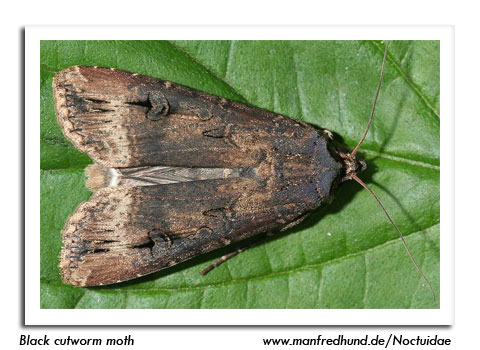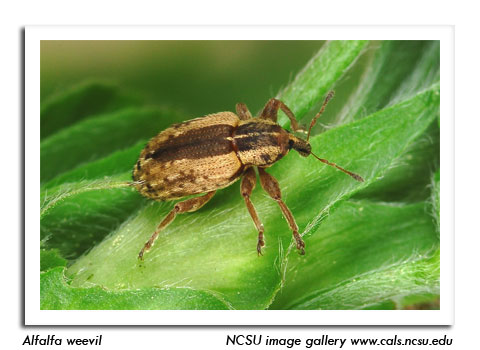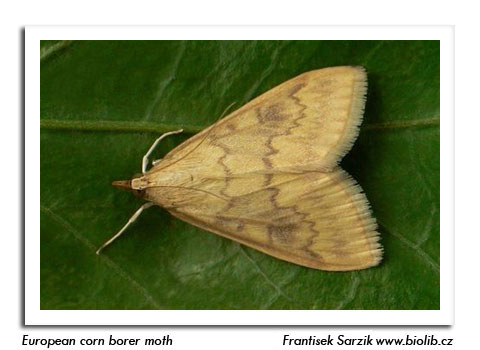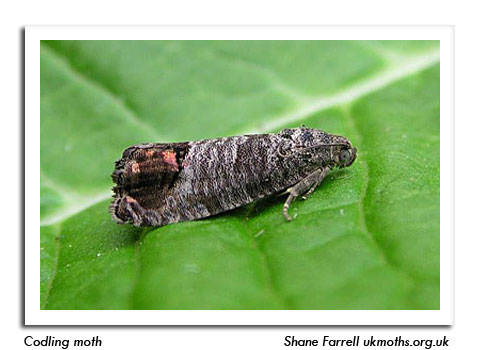
 |
|
|
Looking Ahead
Volume 59 Number 4 Date 05/22/2014 BLACK CUTWORM - The annual migration continued this week with the capture of another 162 moths in 34 traps. An initial corn cutting date of May 29 is anticipated for southern Wisconsin based on degree day accumulations (base 50°F) since the first significant moth flight occurred three weeks ago. Larvae resulting from the migration are expected to begin cutting corn seedlings by June 2 in the central counties and by June 6 and in the east-central and northern counties. ALFALFA WEEVIL - Adults have become increasingly common and spring egg deposition is intensifying. Surveys to determine larval populations and assess defoliation levels should begin no later than May 27. EUROPEAN CORN BORER - Most overwintered larvae are still in the pupal stage, but a few early spring moths could emerge before the end of the month in locations such as Beloit and Platteville where the 374 degree days (modified base 50°F) required for corn borer flight to begin are likely to be surpassed over the weekend of May 24-25. Black light trappers are advised to carefully examine trap contents during the next two weeks for early moths. PLUM CURCULIO - Beetle activity has increased with the warmer weather. Apple growers should begin checking early-blooming cultivars and orchard perimeter trees for oviposition scars and feeding injury caused by this pest. Signs of infestation usually become evident in the first 10-14 days after petal fall. CODLING MOTH - Emergence began this week in apple orchards in Green and Racine counties. Moth counts were very low and the "biofix", or first sustained male moth capture, was not established. Codling moth flight occurs consistently between 5:00 and 10:00 pm in Wisconsin, and winds must be below three mph and temperatures above 62°F during these hours for mating to occur. Since evening temperatures will be conducive for moth activity early next week, daily monitoring is suggested for southern and central orchard locations until the biofix is documented. -- Krista Hamilton, DATCP Entomologist 




|
|
|